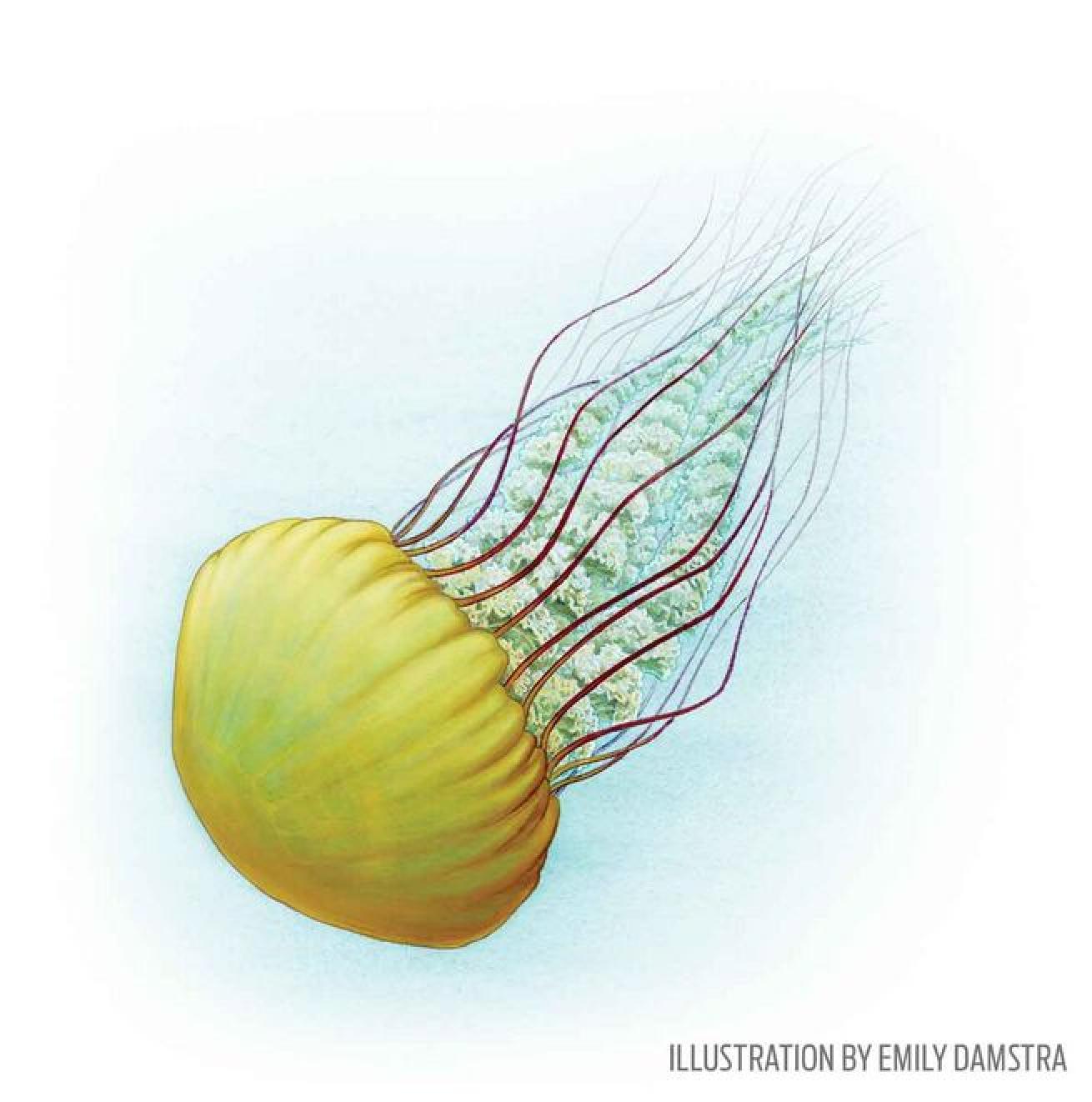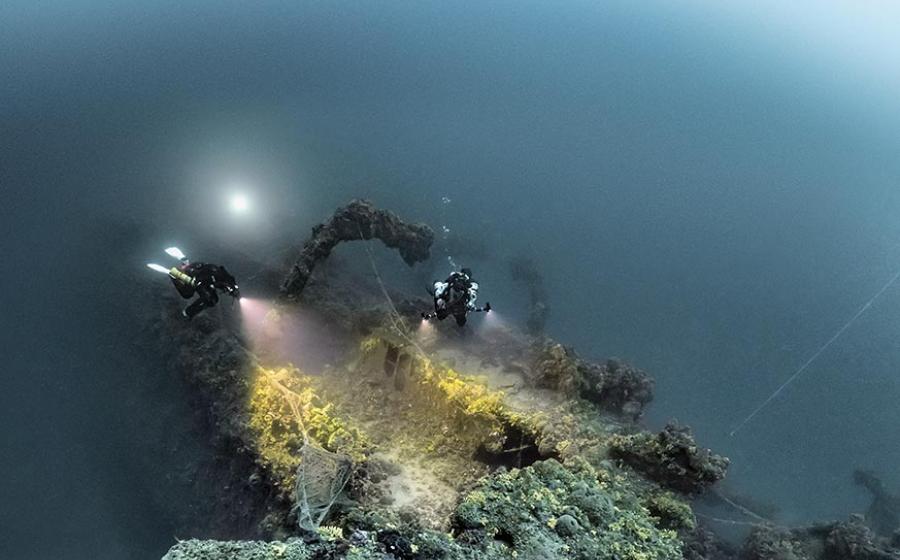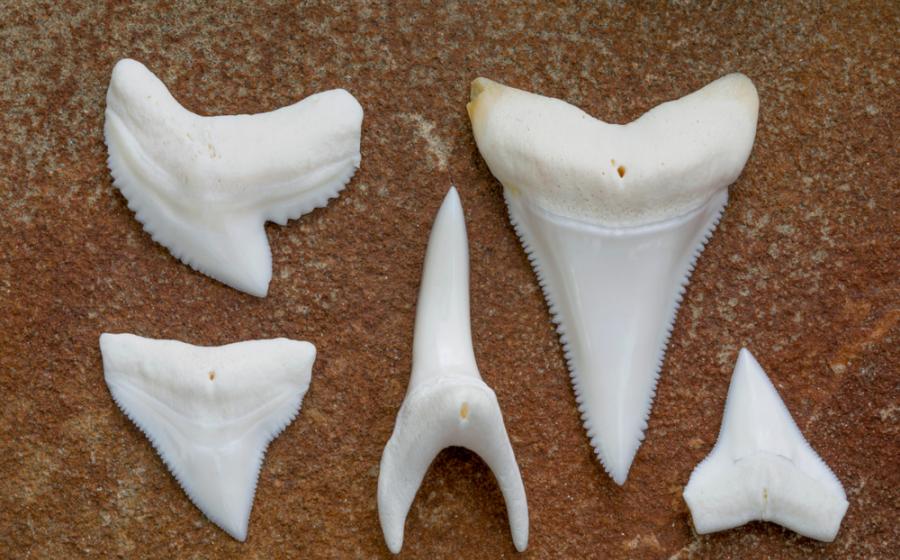12 Facts You Didn't Know About the Jellyfish
This free-swimming creature is as fascinating as it is ancient. Here are some interesting facts about the jellyfish that you may not have known.

Illustration by Emily DamstraThe jellyfish is one of the oldest creatures in the ocean
Related Reading: Diving Crusty's Quarry, Pennsylvania
- Jellyfish are related to corals, sea anemones and hydroids. All of them belong to the phylum Cnidaria — which comes from the Greek word for “sea nettle.”

Gino's Premium Images/AlamyThe box jellyfish
When food is scarce, some jellyfish can shrink to survive long periods of starvation. They grow again when food is available.
Box jellyfishes cause many fatalities around the world annually with their potent venom. It’s estimated that these jellyfish are responsible for more human deaths each year than sharks.
Some species of crabs and juvenile fishes will travel with jellyfish for protection. In many cases, these aquatic hitchhikers will feed on plankton that is stunned by the jellyfish.
Blooms, or massive swarms, of jellyfish have been blamed for clogging fishing nets and cooling intakes of power plants. The blooms appear to be a result of human-related activities such as overfishing, nutrient run-off and climate change.
The jellyfish has been eaten in China for more than 1,000 years. It’s fat- and cholesterol-free, and it is believed by some to contain anti-arthritis properties.

Vichaya Kiatying-Angsulee/AlamyJellyfish is considered a delicacy in some parts of the world.
Related Reading: Coldwater Dispatches: Polar Jellyfish
- Nearly 470,000 tons of jellies are harvested for human consumption per year. That’s equivalent to the weight of more than 1,000 A380 jet airliners.

iStockphotoJellyfish have been around since dinosaurs roamed the Earth.
The jellyfish is among some of the earliest forms of life to possess complex eyes, but not all species have them.
Turtles, specially adapted surface-dwelling nudibranchs and 124 fish species feed on the jellyfish.
The jellyfish swam through the oceans long before even the dinosaurs roamed the earth — they have been around for more than 500 million years. That’s about 2,500 times longer than the modern form of humans.
Jellyfish have been sent to space for a number of experiments to determine how microgravity affects animal development.
Scientists recently discovered that jellies move not just with the current or by using propulsion — they can create low-pressure areas that help pull them through the water.
Follow Richard Smith’s underwater adventures at oceanrealmimages.com.
Can't get enough? Check out these fun facts about the octopus | the seahorse | the penguin.










